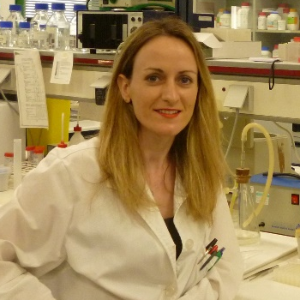Human Immunodeficiency Virus (HIV) is a lentivirus that attacks the immune system, specifically the CD4 cells (T cells), which help the immune system fight off infections. If left untreated, HIV can lead to the disease Acquired Immunodeficiency Syndrome (AIDS). HIV is transmitted through contact with certain body fluids such as blood, semen, vaginal fluids, rectal fluids, and breast milk from a person who has HIV. The most common modes of transmission include unprotected sexual intercourse, sharing of needles among intravenous drug users, and from an infected mother to her child during childbirth or breastfeeding. The virus works by hijacking the CD4 cells, using them to replicate and destroy the immune system. As the immune system weakens, the individual becomes more susceptible to opportunistic infections and certain cancers.Antiretroviral therapy (ART) is the primary treatment for HIV, helping to lower the viral load in the body and maintain a healthy immune system. Prevention strategies include the use of condoms during sexual intercourse, needle exchange programs for intravenous drug users, pre-exposure prophylaxis (PrEP) for individuals at high risk, and early detection and treatment of HIV-positive individuals to prevent transmission. Stigma and discrimination against people living with HIV remain significant challenges, hindering efforts to control the spread of the virus. Education and awareness campaigns are crucial in dispelling myths and reducing the social stigma associated with HIV. Despite ongoing efforts, there is currently no cure for HIV. However, research continues in the quest for a vaccine and more effective treatments. Global initiatives aim to increase access to testing, treatment, and support services to mitigate the impact of HIV/AIDS worldwide.






